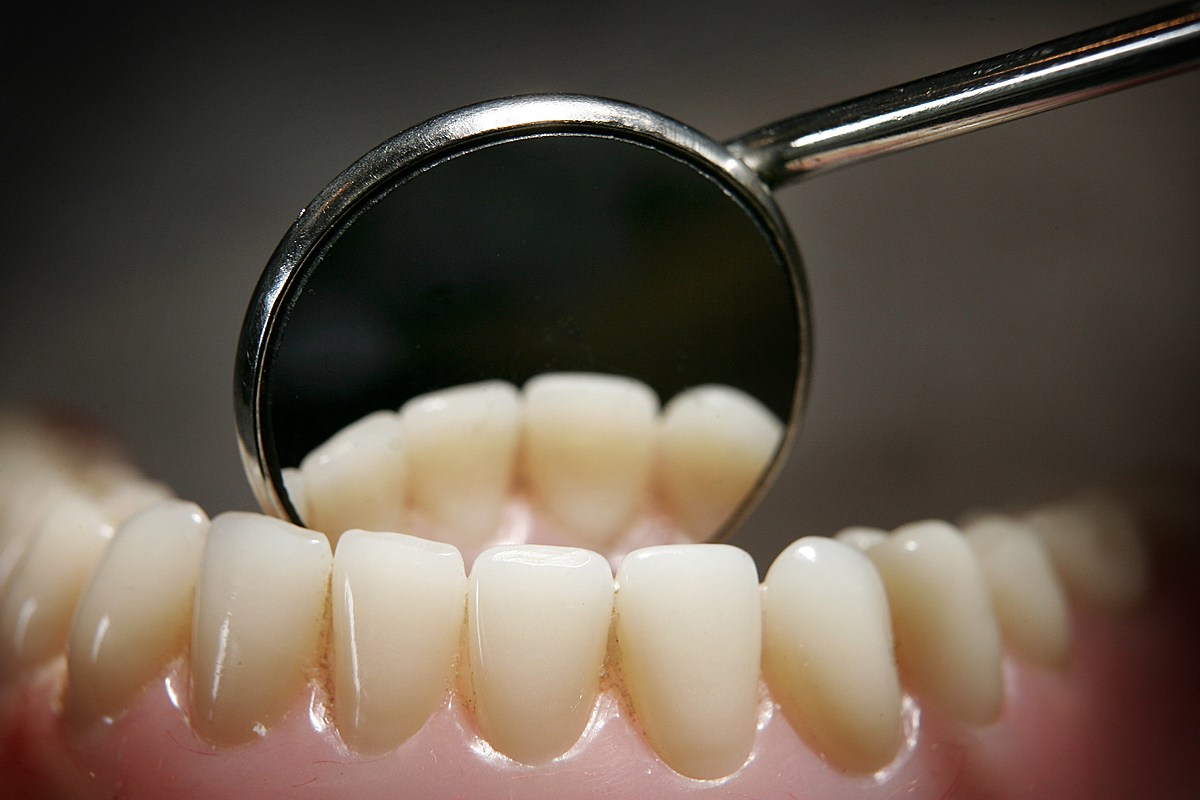Physical therapy is a form of rehabilitative medicine used to treat people who have been injured or are experiencing pain. It also helps people to develop better movement and coordination. Dr. Latha Thanneer New York asserts that the main goal of physical therapy is to improve the quality of a patient’s life through restoring, maintaining, or improving mobility, strength, endurance, and other crucial factors.
Here is what to expect from physical therapy
What to expect from physical therapy?
Physical therapy, or PT, uses exercise and manual techniques to improve the strength and mobility of injured or ill body parts. Your physical therapist will help you stretch tight muscles, build strength in weak ones, and improve your overall balance and endurance. Physical therapists may use heat, ice, ultrasound, electrical stimulation, massage, stretching, resistance training, or other treatments to help you heal from injuries.
Why is physical therapy important?
There are numerous benefits of physical therapy. For example, it can improve mobility, reduce pain and improve functional abilities in patients with various injuries or illnesses. These benefits are explained below;
Physical therapy prevents injuries from recurring-Physical therapists will work with you to prevent future injuries and ensure your body is strong enough to handle activities without an injury occurring. Thus you can keep doing what you love and maintain an active lifestyle without suffering from repetitive stress injury, like carpal tunnel syndrome or tendinitis.
Improves muscle strength and endurance-Through physical therapy, you can build up your muscle strength, preventing injury when carrying heavy objects or doing yard work or other strenuous activities.
Physical therapy improves balance and coordination-A physical therapist can help you improve your balance and coordination by teaching you how to use your muscles properly.
What does the process of diagnosing injuries during physical therapy involve?
The first step in any physical therapy session is evaluating the patient’s condition. A physical therapist will usually start by taking your medical history, asking about your symptoms, and conducting an exam to determine where your problem areas are located.
They use state-of-the-art equipment like 3D cameras and infrared thermography. These allow a PT to diagnose injuries and pinpoint the exact areas of pain accurately. The patient then learns how to stretch and strengthen the affected muscles in order to minimize injuries and avoid re-injury. A physical therapist will also recommend exercises for patients at home. These exercises focus on reducing pain and improving mobility and flexibility.
Treatment plans
PTs set treatment goals for each patient and create individualized treatment plans that take into account each person’s needs and daily activities. These plans may include physical therapy techniques such as myofascial release, dry needling, and electrotherapy. Others include biofeedback, muscle energy techniques, functional movement training, neuromuscular stimulation, manual therapy, exercise, or even therapeutic taping.
Evaluation of progress
PTs evaluate their patients’ progress using various methods, including subjective feedback, patient reports of pain, objective feedback, posture, flexibility, and range of motion assessments.
If you have injuries on your neck and back or anywhere in your body, physical therapy can help you regain your health. When you go to a physical therapist, expect to have the best technology and equipment at your disposal. Physical therapists at CHW Cares use treatment options that offer proven results and have minimal side effects.



